Without the actions and contributions of women, humans wouldn’t have gotten to the Moon and developed technology which helps us see to the far edges of our Solar System. Sadly these Women in space stories are sorely untold and unheard of. This un-romantic Space week 2022 blog looks at the significant contributions of women in space.
Kitty O’Brien Joyner
The first female NASA engineer but she had to smash through a lot of barriers to get there.
When Kitty graduated in 1937 she wanted to go on to complete an electrical engineering degree at engineering school at the University of Virginia. In order to be admitted she actually had to sue the university, which at the time held the engineering degree for males only.
After forcing her way into the program she almost instantly proved herself as a top-tier student. She presented papers to the American Institute of Electrical Engineering and her report, Fluorescence, the Light of the Future, won second place and in 1939 became the first woman to graduate.
Can you imagine having to sue a university so you can follow your dreams and ambitions? The world in which that happened should never have existed and it makes me angry that it had to happen.
Kitty was hired by Langley Memorial Aeronautical Laboratory at the National Advisory Committee for Aeronautics (NACA became NASA) in September 1939. She was the first woman to be hired as an engineer with the job title of “junior civil engineering aide”. She wasn’t an aide for long as her impressive skills and expertise saw her fly up through the ranks.
Kitty helped create the electrical systems for wind tunnels where researchers could test spacecraft to see how they would perform in a real mission. She also worked on supersonic wind tunnels which are able to make the air move faster than the speed of sound.
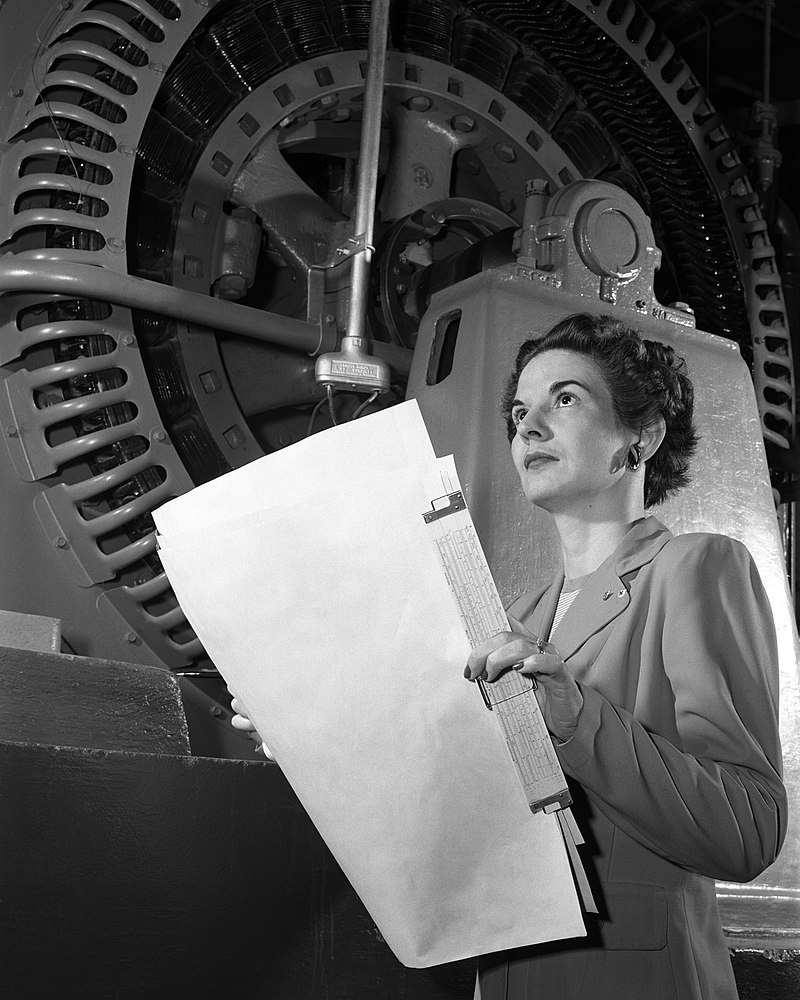
Katherine Johnson
Johnson was born in West Virginia on the 26th of August 1918 and was always incredibly intelligent and had superior maths skills. She went to high school when she was 10 years old and graduated from college-aged 18. (This is when most Americans start college). She then became a teacher, teaching black students maths.
She started working for NASA in 1952 as part of a team who worked as “human computers” working out and solving all the difficult calculations needed to send spacecraft and humans to space.
She worked out the path of Alan B. Shepard, Jr., the first American human spaceflight in 1961. Her calculations were integral to Shepard returning to Earth safely.
She helped figure out John Glenn’s orbit of Earth and in 1969 when the world was focused on Neil Armstrong becoming the first human on the Moon, nobody really knew that the reason Apollo 11 has successfully gotten to the Moon was because of the calculations done by Katherine Johnson.
Without Katherine Johnson, it is highly likely humans would not have stepped onto the Moon by 1969.
It wasn’t really until the Hidden Figures film in 2016 that her (and other) incredible stories really became known. Let’s help spread the word and message of this incredible woman’s work.
Katherine Johnson passed away at the age of 101 on the 24th of February 2020.

Mary Jackson
Mary joined NASA in 1951 and became the first African American NASA engineer.
She was joined on the 9th of April 1921 in Virginia. She graduated from high school with the highest grades and earned a degree in mathematics and physical sciences.
She worked as part of a team who were responsible for working out the calculations needed to go to space.
She started working and conducting experiments with an engineer called Kazimierz Czarnecki who suggested that Jackson should join a training program which would allow her to become an engineer.
She had to gain special permission to take classes with white students as, at the time, schools were segregated. She wrongly didn’t gain permission to join the classes but she passed and completed all necessary courses with flying colours.
In 1958 she became NASA’s first black female engineer.
She worked as an engineer until 1979 before becoming the manager of the women’s program at NASA. She worked tirelessly to improve the opportunities for all women in NASA before retiring in 1985.
She passed away on the 11th of February 2005.
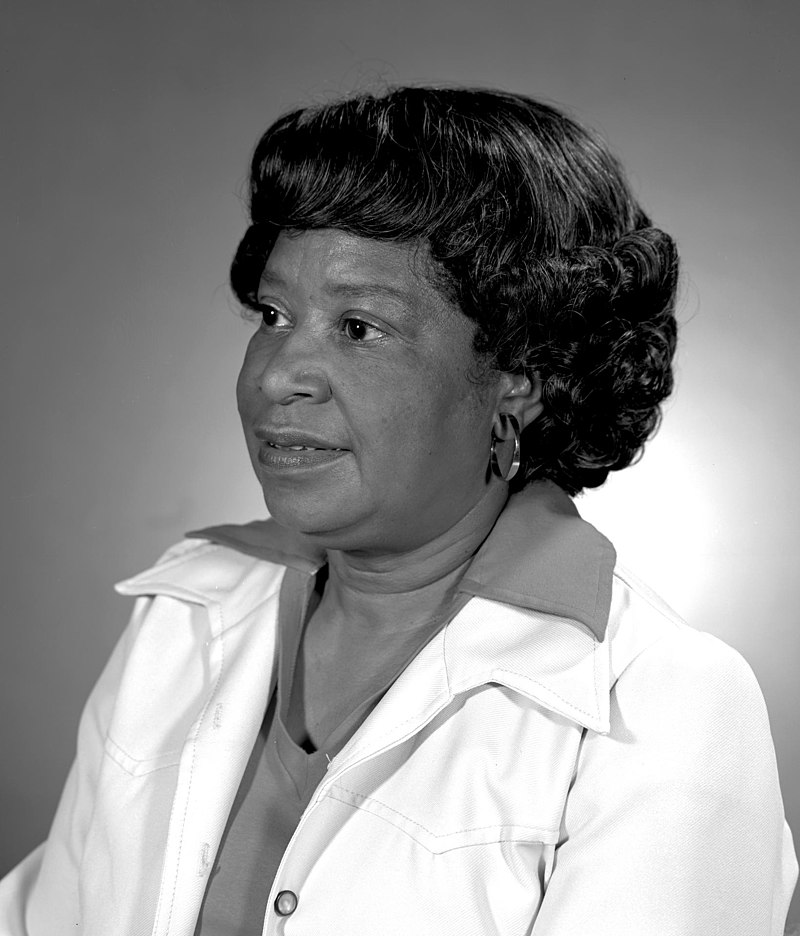
Valentina Tereshkova
Valentina Tereshkova was a Russian Cosmonaut (Astronaut) and was the first woman to go to space. She travelled aboard the Vostok 6 space capsule in 1963 on a 70-hour flight around Earth.

Svetlana Savitshaya
Svetlana became the second woman in space, travelling there in 1982, the first woman to go to space twice (1982 & 84) and the first woman to complete a spacewalk (25th of July 1984). Incredible achievements!
On her spacewalk, she tested welding equipment in orbit. She rightly was confused why they had to test them as the heat from the welding equipment could have melted their space suits. Luckily- everything turned out okay.
Sally Ride
Sally ride was born on the 26th of May 1951 and on the 18th of June 1983 she became the first American Woman to go into space whilst aboard the Challenger. She went to space on shuttles twice and was a champion for science education.
She was an athletic student but also talented in the more traditional academic subjects. After graduating in 1968 she had a brief career as a professional tennis player but decided to gain a physics and English degree in 1973 then became a doctorate in physics in 1978.
She applied, and beat out a lot of applicants, to NASA and became one of the first six female astronauts to begin spaceflight training in 1978- 1978 was a busy year.
Ride went to space on NASA’s seventh shuttle mission spending a week in space, returning on the 24th of June 1983.
A year later she became the first American woman to travel to space for a second time.
Ride sadly died of cancer in 2012.
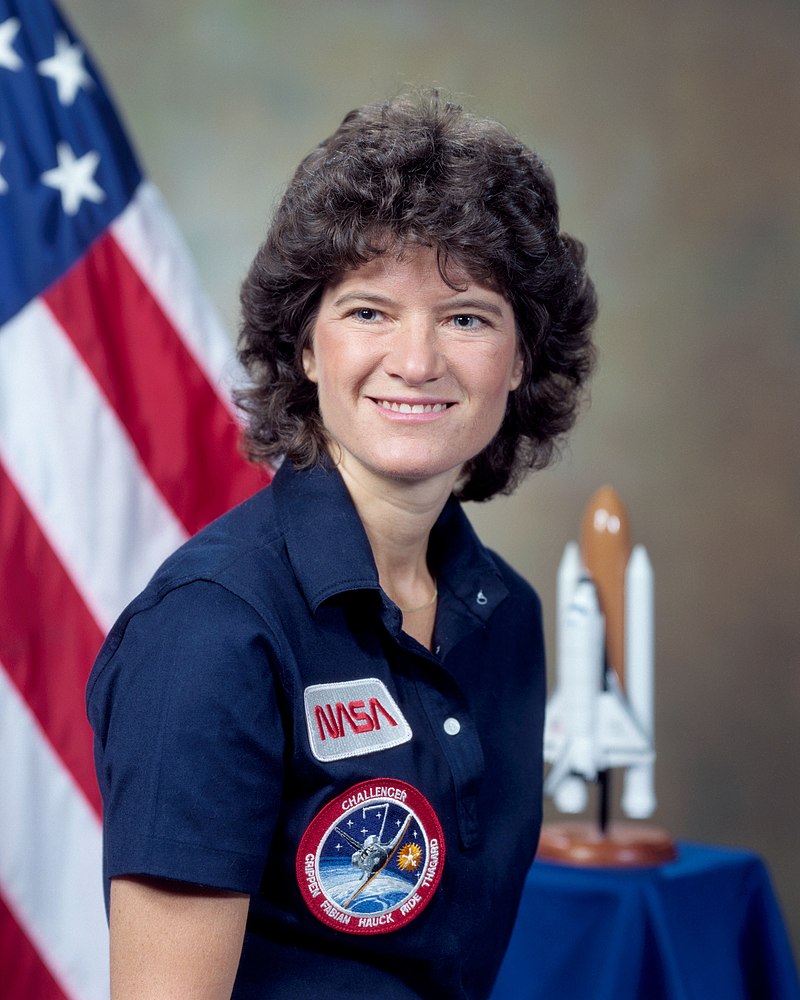
Peggy Whitson
Peggy joined NASA in the 1980s as a researcher and the road led her to become an astronaut, making her first trip to the International Space Station in 2002. Peggy holds the American record for the longest amount of time spent in space – 665 days! (Not all at the same time)
In 2007 she became the first woman to command the International Space Station and again in 2017 making her the first woman to command the station twice.
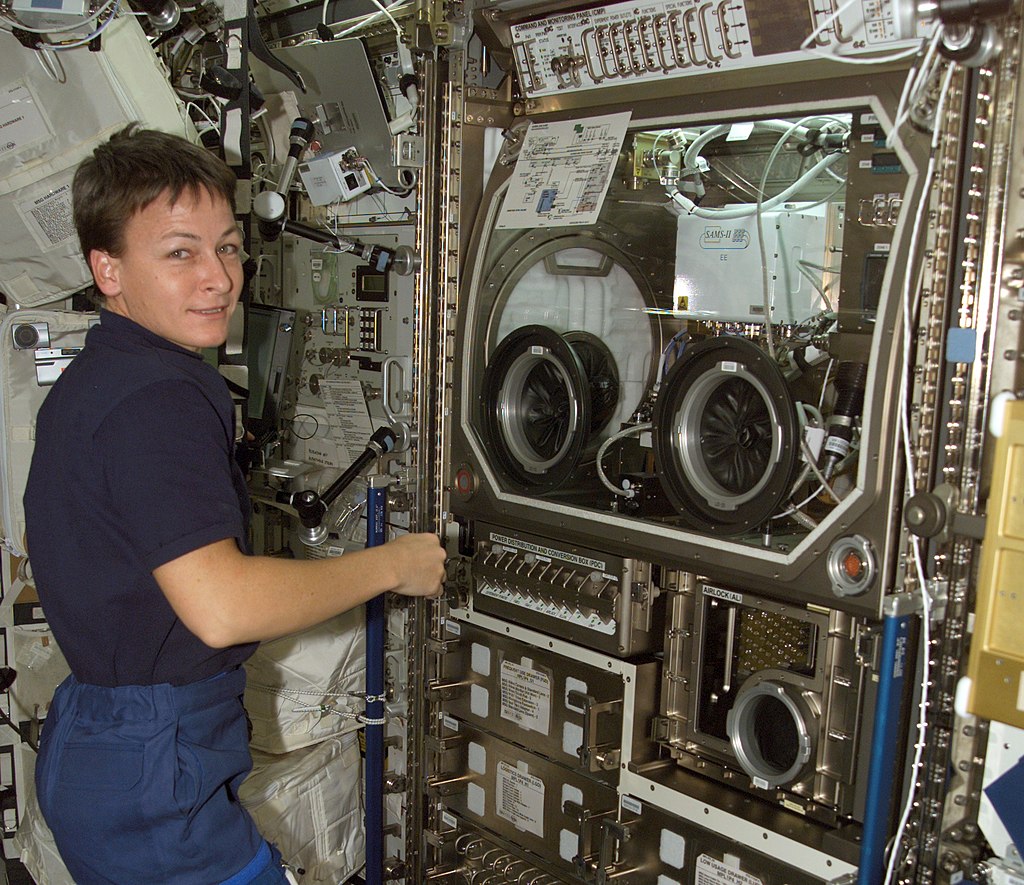
Helen Sharman
Helen Sharman was the first British astronaut to travel to space on the 18th of May 1991. Is anyone else noticing that the 18th of a month seems a popular time for going to space?
Helen Sharman applied to be the first British space explorer after hearing a radio advertisement and in 1989 beat out roughly 13,000 applicants to be selected for the space mission known as “Project Juno”.
After 18 months of intense training later Sharman was ready to go to space and at the age of just 27 years and 11 months became (at the time) the sixth youngest person to travel to space.
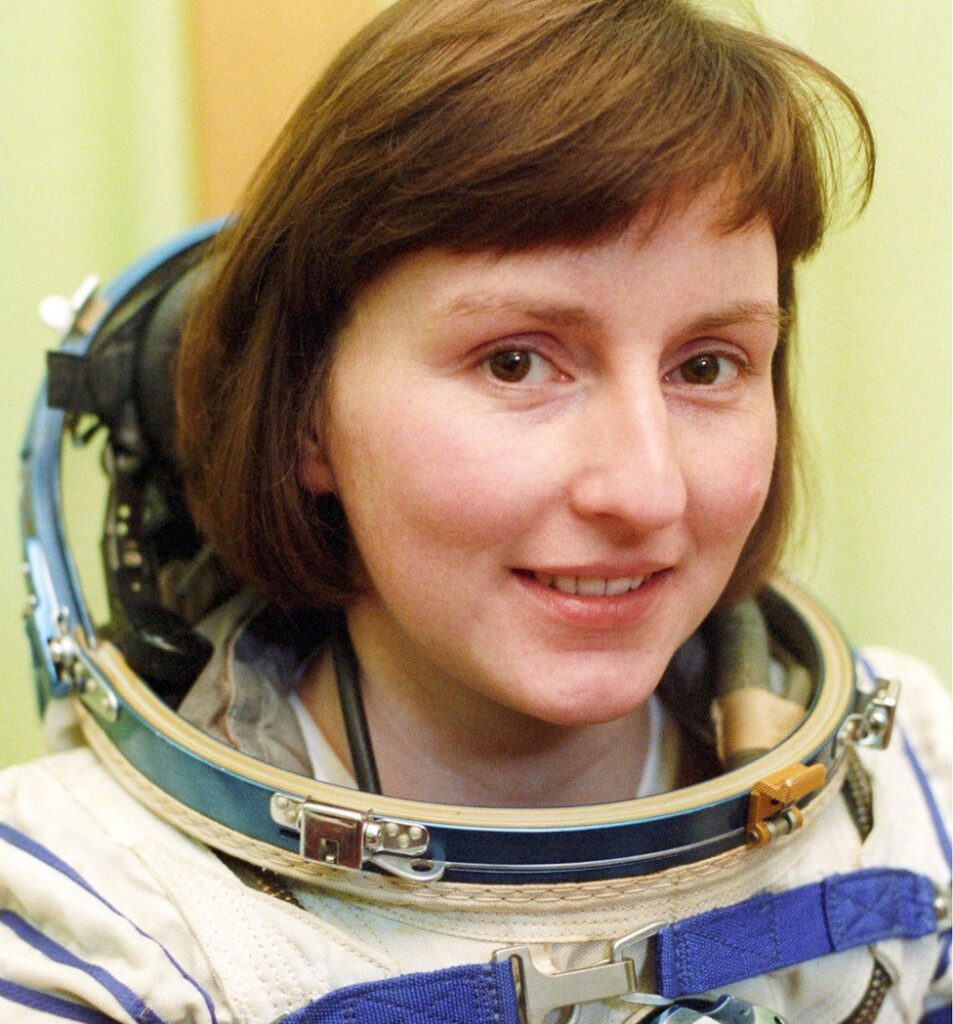
Jessica Meir and Christina Koch
Astronauts Meir and Koch were on the first all-female spacewalk in 2019. The spacewalk lasted for 7 hours and 17 minutes with the aim of replacing a power controller on the International Space Station.
This is just a small sample of the incredible contributions of women to the exploration of space. Their stories are not known by enough people so my mission to you is to spread the word about these incredible women and let their stories be heard far and wide so they get the recognition they massively deserve.
Let’s not fail this mission…
